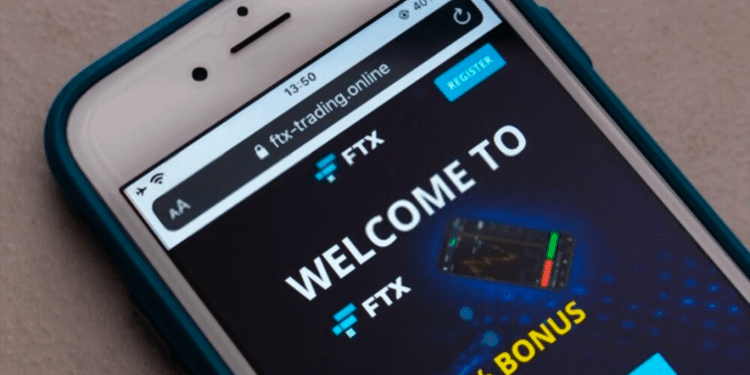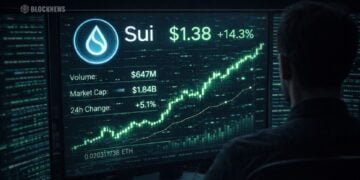- FTX, a bankrupt cryptocurrency exchange, has proposed a plan to return up to 90% of the funds held by creditors before its collapse.
- The proposed plan includes dividing the missing customer assets into three pools based on specific circumstances, along with settlement options based on the preference claims of customers.
- Concerns have been raised about the exclusion of certain customers from the settlement and potential challenges related to taxes, government claims, and token price fluctuations that could affect the final recoveries.
Bankrupt cryptocurrency exchange FTX has announced a proposal to return up to 90% of the funds held by creditors before its collapse. However, there are certain conditions attached to this plan, which have raised concerns among the affected customers. The proposal will be formally filed by the debtors’ group with a U.S. Bankruptcy Court for review.
Dividing Missing Customer Assets
Under the proposed plan, the missing customer assets will be divided into three pools based on the circumstances at the start of the Chapter 11 cases. These include assets segregated for FTX.com customers, assets for FTX.US customers, and a “General Pool” of other assets.
Settlement for Small Preference Claims
Customers with a preference settlement amount below $250,000 will be allowed to accept the settlement without any reduction of claim or payment. The preference settlement represents 15% of customer withdrawals on the exchange, nine days prior to its insolvency.
Shortfall Claims and Potential Challenges
Creditors will also receive a “Shortfall Claim” against the general pool, corresponding to the estimated value of assets missing from the exchange. The total estimated value of missing assets is nearly $9 billion for FTX.com and $166 million for FTX.US. However, there are potential complications such as taxes, government claims, and token price fluctuations that could affect the final recoveries.
Exclusion of Certain Customers from Settlement
The proposed plan allows for the exclusion of “insiders, affiliates, customers” who may have been aware of the commingling and misuse of customer deposits and corporate funds. Additionally, customers who changed their KYC information to facilitate withdrawals during the halt may also be excluded. The debtors acknowledge that the payouts for these customers may not accurately reflect the fair value of their claims.
Conclusion
FTX’s plan to return 90% of customer funds has brought some hope for affected customers, but concerns remain about the conditions and exclusions associated with the proposed settlement. As the plan moves forward and undergoes formal review by the U.S. Bankruptcy Court, it will be crucial to address transparency and fairness to ensure a satisfactory resolution for all parties involved.














